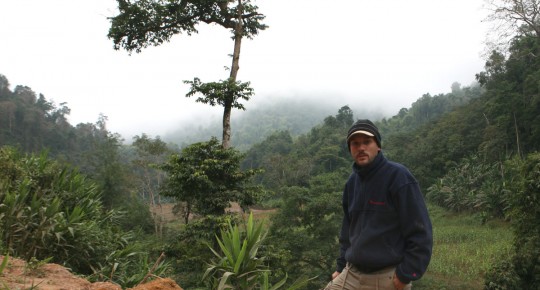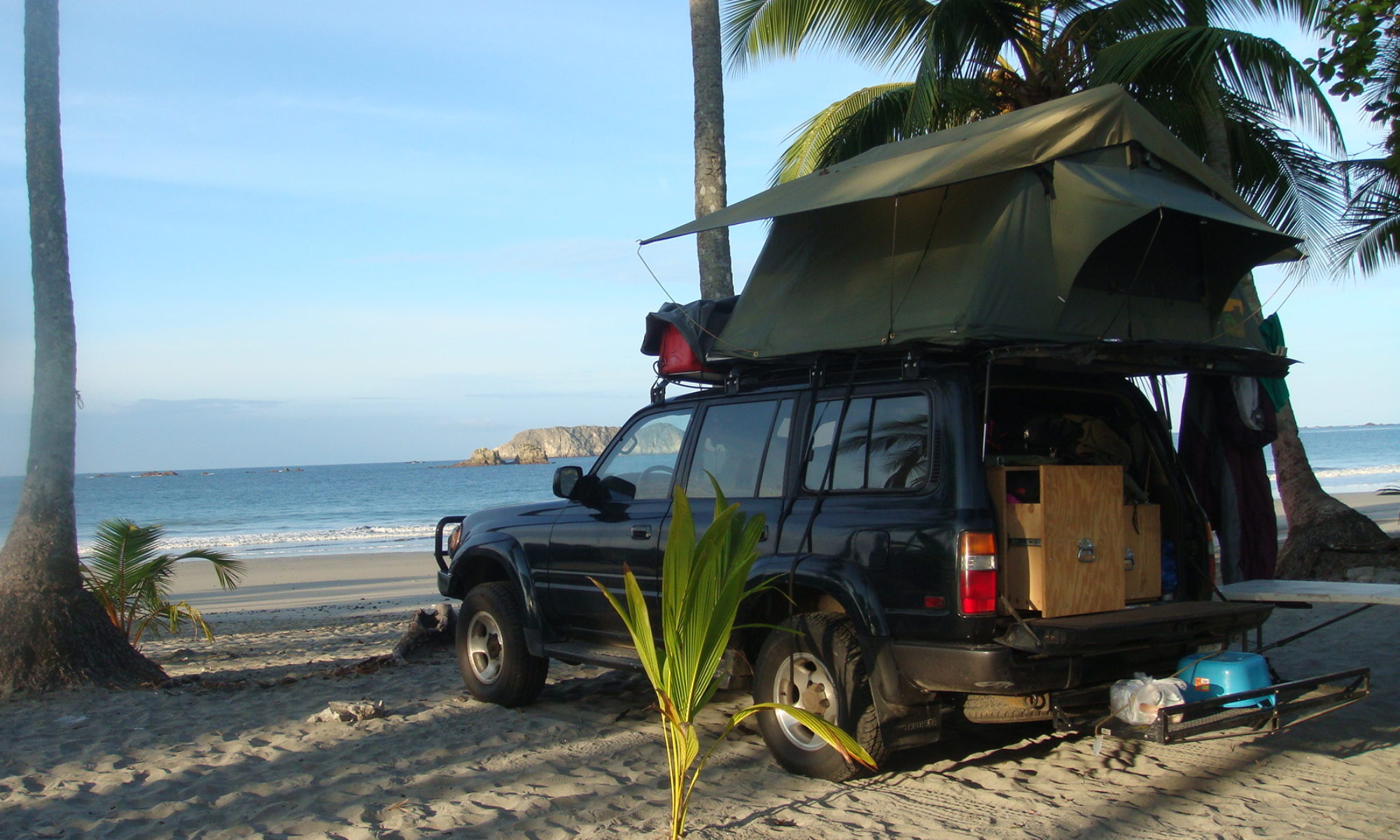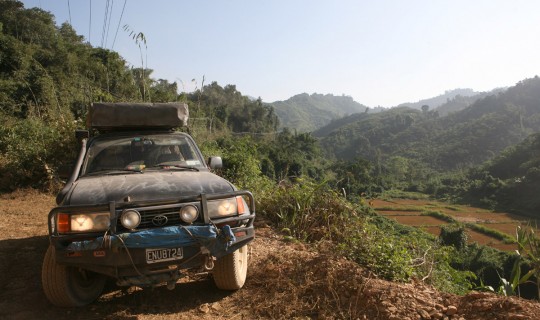
Now that Kathryn s gone, it is time for me to go explore another Asian country I am looking forward to. Laos is still underdeveloped and the north part of the country should be the last great adventure of the trip.
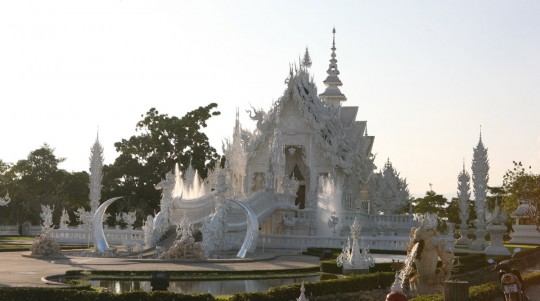
From Chiang Mai I drive to Chiang Rai where I spend the night. Before I left, I made sure to buy enough food for one week, as it will be more difficult to get edible goods in Laos. With only two millions tourists a year, people are a lot less used to westerners roaming around, and the infrastructure is not here yet. And this is great, because Thailand was decidedly too touristy and the experience with locals tainted as a result. On my way I stop in an abandoned gas station where I do some work on the car. I was finally able to find the right type of oil for the transmission, and I change the fluids on the front and rear differential as well as in the transfer case.
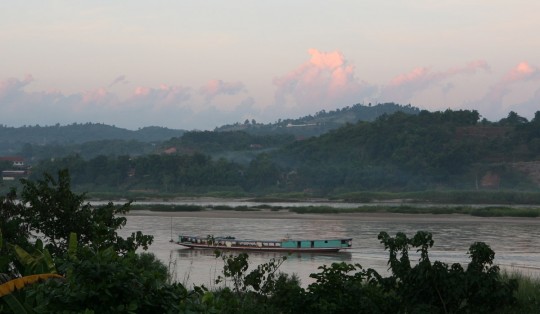
From Chiang Rai, it is only two hours of driving to get to Chiang Khong where I hope to get a boat to cross the Mekong and get into Laos. I arrive there at lunch time in December 2nd and learn that it is the National Day on the other side; therefore the ferry boat is not working. I am still glad to learn that if I wish, I can charter my own boat for US$170 instead of the usual cost of US$33 for passage on a regular day. Of course I choose to wait, but enjoy the fact that such things are still possible in Asia at the opposite of the western world.
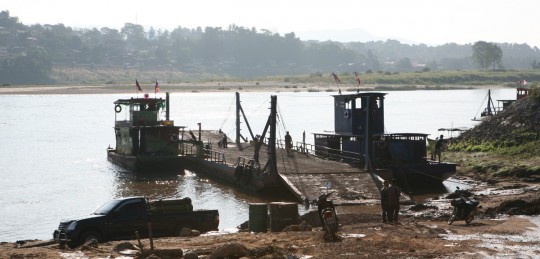
The following morning I am at 8 a.m. at the boat landing. Paperwork is easy on the Thai side, and I meet a fellow overlander, Philip, a Swiss guy who is driving is bike from Singapore around Southeast Asia. We board the ferry and ten minutes later we are on the other side.
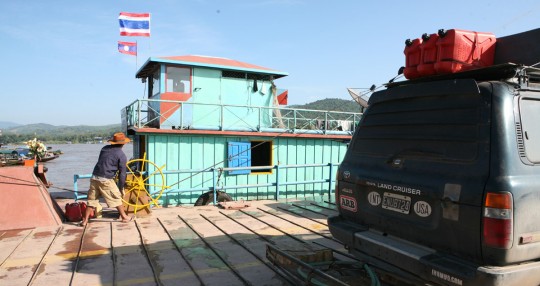
It is time to go through immigration, and get the Laos visa. By now, I am using an old passport with no free page available in it. I know I may not be able to get by like that, but I try my luck. It takes few minutes to convince the officer to just place the sticker on top of a page already covered with stamps. I pay the US$30 for the visa, and I am on my way. Philip, as me, is trying to get to Phongsali, in the extreme north of Laos, close to the border with China. We decide to stick together in the next few days so we can share some expenses.
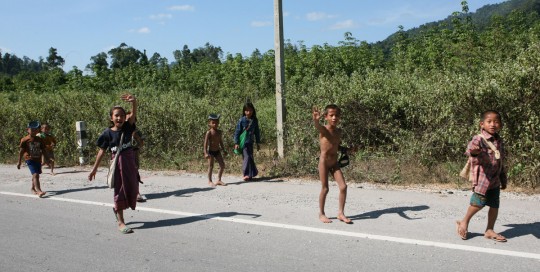
We spend the first night in Luang Namtha after a stop on the way to get lunch. Laos is dirt cheap and you can eat anywhere for US$2 including beer. In the evening I cook, more to get a balanced diet than to save money. From now on, we will never be under 500 meters altitude and we are presently at similar latitude with Mexico City. That means nights are getting quite cold, and when the sun disappear, one need to wear a jacket, an experience I forgot about.
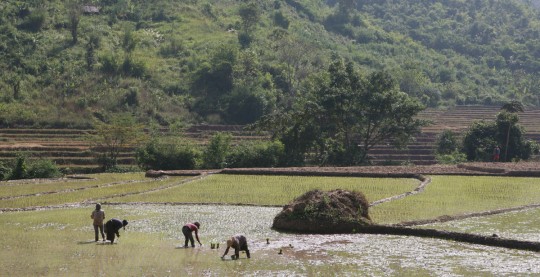
As soon as I passed the border, I found the landscape a lot more interesting than in Thailand. I am driving among mountains and forests on small and sinuous roads. On the roadside, I can spot people working in the fields, a vision reminiscent of Cambodia.
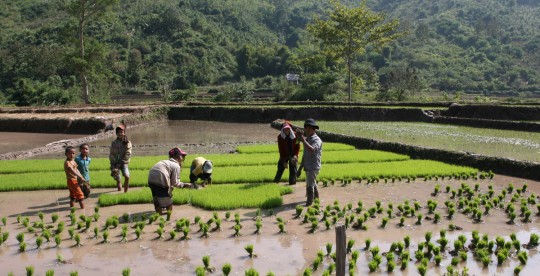
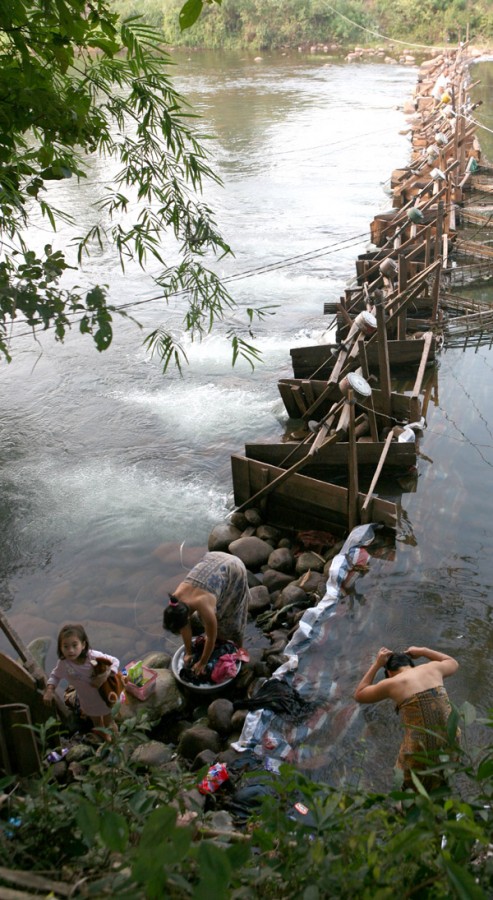
In the morning we leave Luang Namtha for the first day of intricate driving. In the next two days, we will have to put behind 125 miles (200 km) of dirt roads. For me, this final unpaved portion has a special signification. I didn’t drive such road in a while, but more important, it will probably be the last one of my trip. Soon enough, I feel I am in Africa again, the truck filling with dust as I advance in the mountain, gaining altitude toward unreachable Phongsali among the tea plantations, 1,500 meters high in the mountains. We stop to rest for the night in Boun Tai, a small town where people still live in a traditional way. As in Cambodia, people seem to subsist well, despite the poverty shown in statistics. In the morning, after 30 minutes driving I have another puncture, rapidly taking care of. My two front tires are not in top shape after riding them through 30,000 miles, mostly on dreadful tracks.
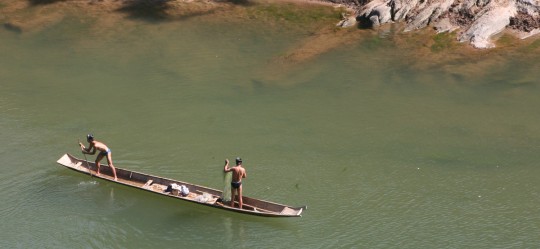
The road reminds me of Africa, but the landscape and villages we cross are closer to the ones in the Andes. There are coffee plants and tea plantations everywhere. With only one bus going up to Phongsali daily, there’s almost no traffic on the way up.
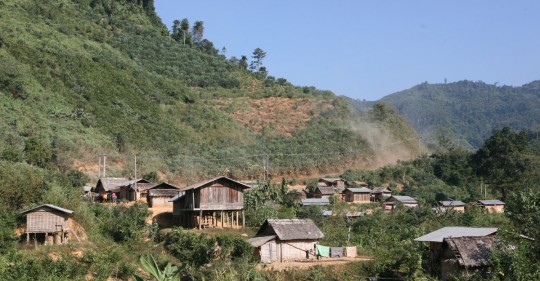
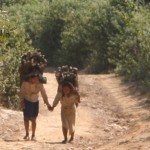
People are very nice and wave hands when I go through the villages. I can see that they are not too used to much travelers getting by. Kids are very excited and run after the car. People dry crops in the sun along the road and I see wheat, coffee and spices. All houses are made of wood; teak but more often bamboo.
It looks like there are fewer schools in Laos than in Cambodia, but it is difficult to say as I am in a remote area.
Laos was very isolated during its 30 years under communism regime, and it is now slowly changing.
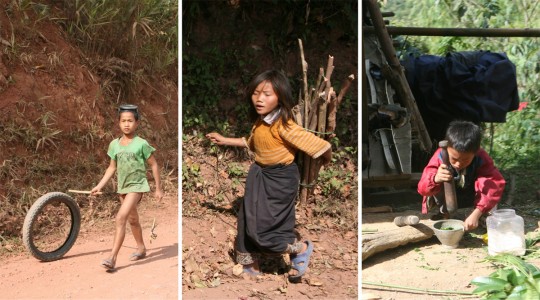
This dirt road preserving Phongsali from too much activity is scheduled to be paved in the next two years, and then everything will be different.
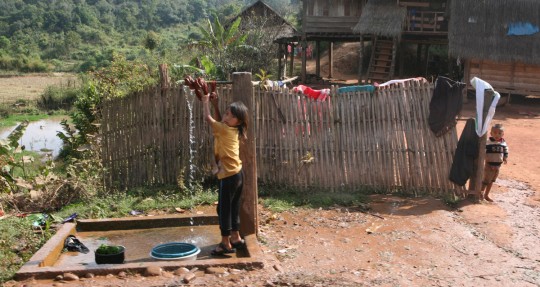
People are very beautiful in this country. Always smiling to you, and not automatically seeing you as a source of income.
Soon enough we come to the end of the dirt road. Before arriving to our goal, there’s still a segment of 20 miles (35 km) of paved surface.
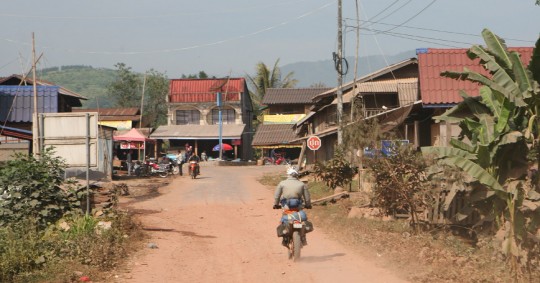
It is easy now to continue. The constant change between rocks dirt, sand and mud is very energy consuming, and you need to be alert all the time. Now I can relax and enjoy the ride through the mountain.
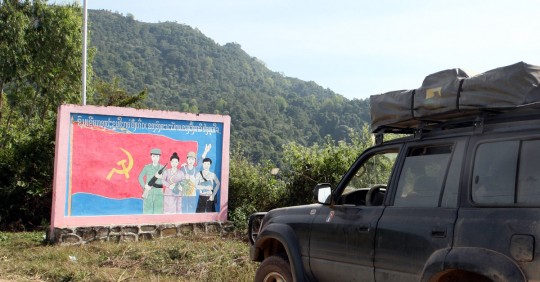
And finally I arrive in the 25,000 population town. On the way up we were as close as 15 miles with the Chinese border. The weather is cool up there, and I enjoy stopping in the dormant town for a while. In addition it is Sunday, and the town seems asleep. We decide to stay two nights up there before backtracking all the way down south.
